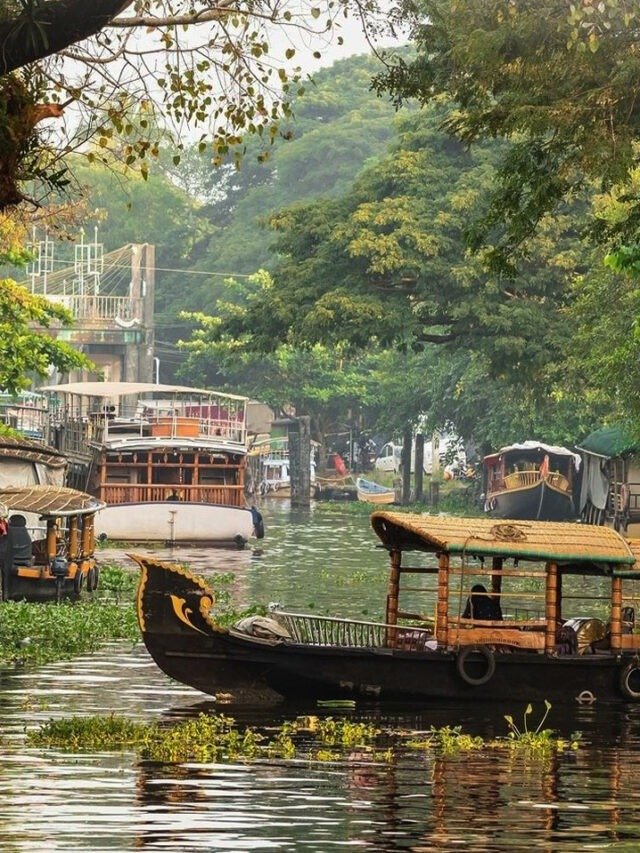Centre and State governments in India are in need of raising both tax and non-tax revenue, dismantling the administered pricing mechanism, reducing subsidies, and reorienting expenditure toward national and state-level priorities. This is essential to ensure India remains on a sustainable fiscal path with higher growth, given the high public debt at the Centre and state level. It is the conclusion of a recent IMF working paper titled “Growth Convergence and Public Finances of India and its States” prepared by the authors Rajan Govil and Khyati Chauhan.
Additionally, the paper says that there is a lack of convergence in per capita income across Indian states which requires greater resources for lower-income states for investment and improved public services. The observed wide differences in fiscal parameters across states require a tailored policy for each state. The large stock of debt of several states puts at risk the adequate financing of growth-enhancing expenditures. The paper notes that overall general government revenue has been stagnant over the last three decades at a low of 20% of GDP leading to inadequate availability of resources for development and investment purposes. Expenditure at 30% of GDP has meant a large fiscal deficit of 9.5% of GDP and a public debt of 82% of GDP in FY2023, leaving only some fiscal space.
Indian states combined account for around 60% of total general government (central and states) expenditures amounting to about 18% of GDP in FY2023. The majority of capital expenditure is undertaken at the state level although the gap has narrowed in recent years as some capital expenditure undertaken by state-owned enterprises has been brought on to the central government budget. Fiscal developments at the state level therefore have a substantial bearing on economic developments in each of the states as well as the country as a whole.
We find that several of the lower income states have built up a high debt/GDP ratio, leading to their limited ability to increase expenditure on development and investment, the authors said, adding that fiscal consolidation is needed although this may come at the cost of slower economic growth. In addition to the redistribution of revenue through the Finance Commission Awards, the central government has deployed additional schemes, such as the Central Sector Scheme and the Centrally Sponsored Schemes, to support states’ development needs, and has recently provided interest-free loans to support states’ public investment.
Still, we find that states with low per capita income have little fiscal space as they are running large fiscal deficits to meet their capital expenditure requirements and have built up large outstanding liabilities that need to be reduced. Interest expenditure on general government borrowings is high at 5% of GDP or about 25% of total revenues, restricting availability of resources for development and investment purposes. While the fiscal deficit was higher in FY2023 by 3.1% of GDP compared with FY2019 and mainly driven by higher expenditure, the consolidated public debt increased by 12% of GDP during this period to 82% of GDP in FY2023. The states’ share in total taxes collected by the central government have however declined from 4% of GDP in FY2019 before the pandemic to 3.5% of GDP in FY2023, while the central government’s share has increased during this period from about 7% of GDP to 7.7% of GDP. This decline in the states share mainly reflects an increase in non-shareable cesses and surcharges.
States’s expenditure has increased sharply from FY2016 to 16.5 – 17% of GDP from around 14.5-15.5 per cent in FY2015 as a result of all financial assistance and expenditures under the Centrally Sponsored Schemes being routed through state budgets. States’ combined revenue non-development expenditure (NDE) has increased to 5% of GDP in recent years mainly due to rising interest costs and pensions. It takes up 65% of states own revenue and 35% of states total revenues (including central transfers), leaving little for development expenditure.










